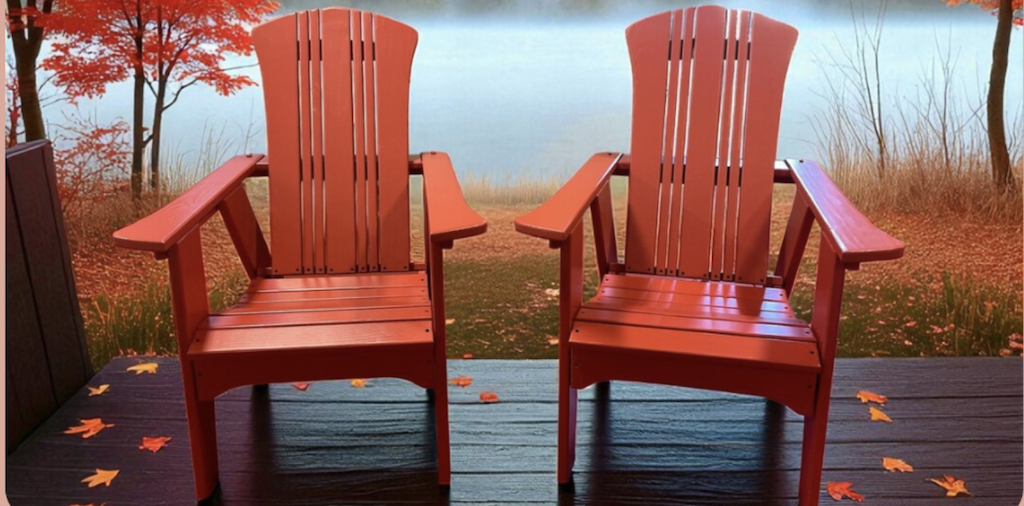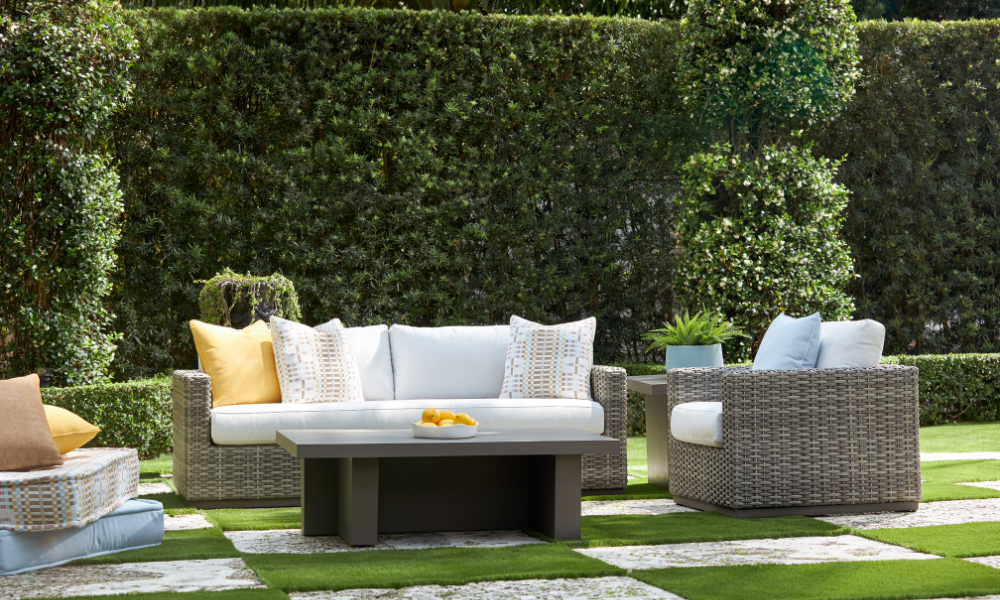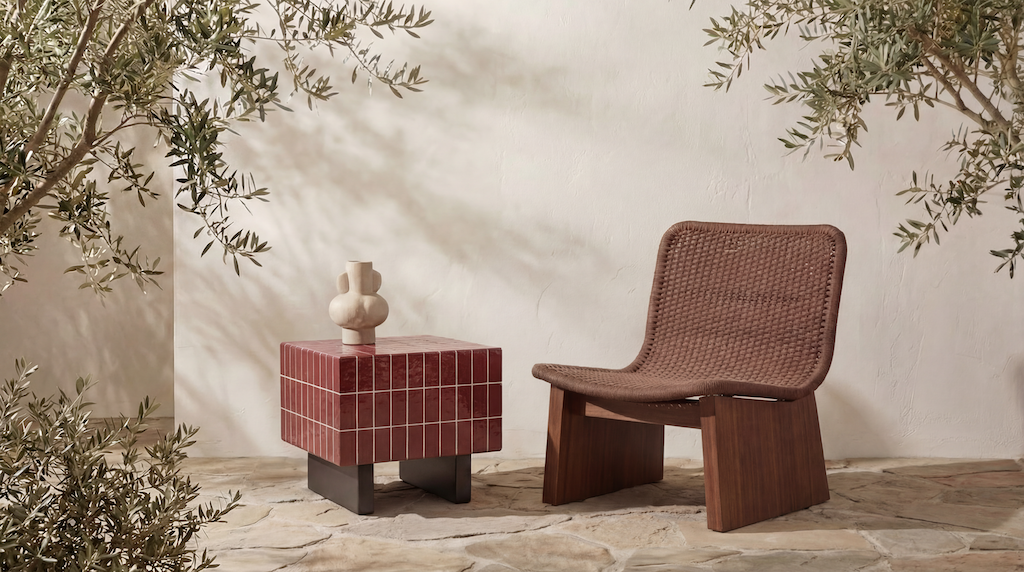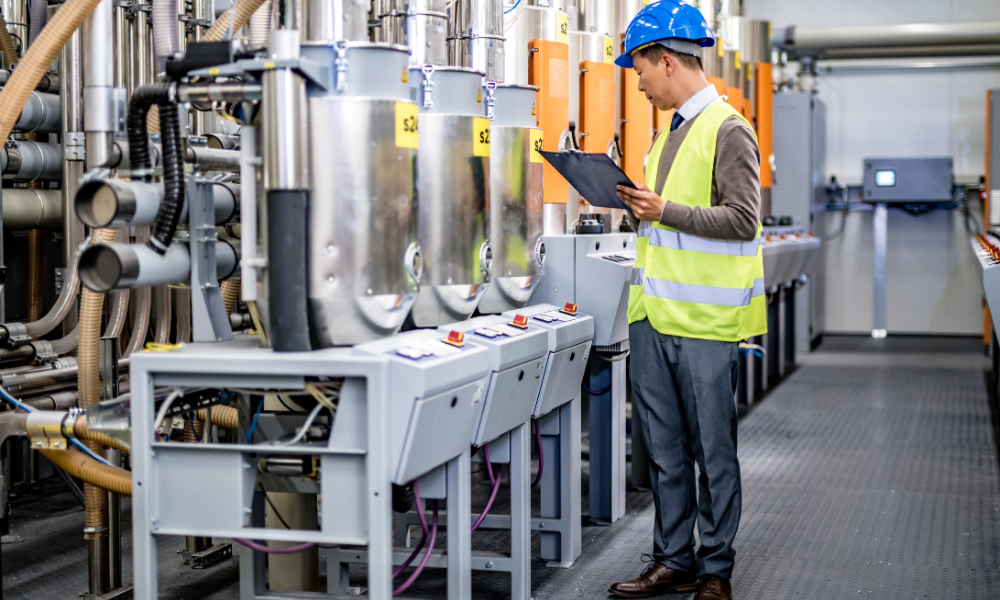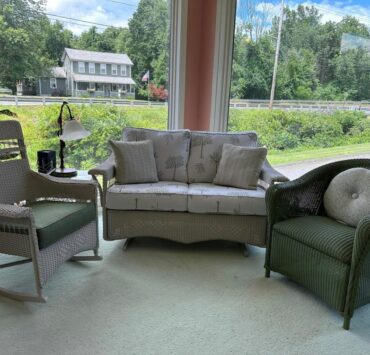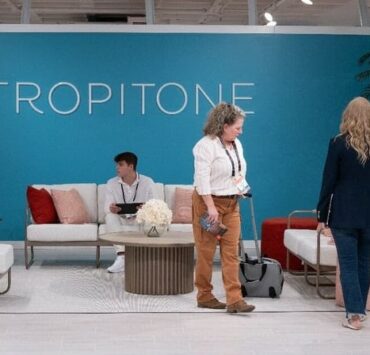Recently, I was contacted with a question about casual retailers: How do they choose between domestic and overseas manufacturers?
The question came on the heels of two major retailers — who shall remain nameless — that significantly changed their strategies. One decided to go all domestic and push the American-made message, while the other did the opposite and only stocked product that was made overseas.
To find out more about the retailer mindset behind this question, we spoke with three prominent casual retailers to get their thoughts and opinions.
Erik Mueller, owner of multi-store retailer Watson’s and manufacturer Plank & Hide, says it depends on the businesses strategy from both a sales and a financial standpoint.
“Dealers focused on the upper-end portion of the market demographics may find it possible to do a large majority if not all their business with the domestic sources available in the industry,” he says. “The model would allow the retailer higher average tickets, less capital outlay and acceptable margin levels at lower overall volumes.”
But with that, larger floors catering to a broader demographic may need to diversify the vendor mix, with a substantial percentage going to import suppliers and direct container goods.
“In a perfect world, we would have the ability to service the majority of the market through domestic sources, but that’s simply not possible,” Mueller adds.
Garrett Wallace, owner of multi-store retailer Yard Art, agrees with Mueller and says for his store, the breakdown is about 70% domestic and 30% imports. Some products, like dining tables, are easier to source from overseas manufacturers and can help salespeople build tickets.
“If we have a $10,000 seating group and someone realizes they want a dining set to coordinate with that, then it’s only $3,000 extra to add that on,” Wallace says. “We like the idea of doing more domestic for several reasons: the made in America story, both pride in and the selling factor, with the story back to the customer.”
However, imported products have their advantages as well, as Mueller points out. He explains that these products can give retailers higher gross margins. “If the business is well financed and can afford the capital outlays, they need to drive much higher overall volume and therefore need lower price points, which can’t be achieved through the domestic suppliers.”
And a mix of both products on the floor is a good idea, says Today’s Patio owner Chad Scheinerman. Going all in on just one or the other is a risky move and narrows the demographics retailers can hit.
“One principle I’ve always used to run my stores is that something is only worth what someone’s willing to pay,” he says. “I don’t care what it costs to make, and I don’t care what it’s supposed to sell for. You can sit there and tell me how great it is and that it’s made of gold, but it’s irrelevant if you’re not unique with certain price points.”
He also adds that when you consider containers, the potential of tariffs going up again in China are making business tougher for overseas manufacturers.
“Vietnam is a better option than China, and there are other parts of the world that you can bring product out of,” Scheinerman says. “But unless you’ve got someone over there full time, or you’ve got a really great relationship with vendors, being a purely container business is risky.”
Mueller also says the current and potential tariffs could be a problem, as China, generally speaking, is not nearly as competitive as other countries are because of a 25% tariff on Chinese goods and the increases in the cost of labor in China over the past 10 years.
“I have no crystal ball, but there are plenty of risks in the supply chain at the moment, and I would assume retailers are trying to figure out what the best strategy moving forward is,” Mueller says. “We have definitely seen a substantial amount of inflation on both the domestic and import sides of the business in the last five years. That said, where and how are buyers/leaders going to find value for their customers?”
One of the keys going forward in this uncertainty is the relationships between retailers and manufacturers. Wallace explains that he has developed great relationships with reputable manufacturers who stand behind him when the going gets tough.
“We still work with manufacturers even if they move their production overseas because the relationships are there,” he says. “And some of them even end up coming back, like Lane Venture. Relationships are everything.”

